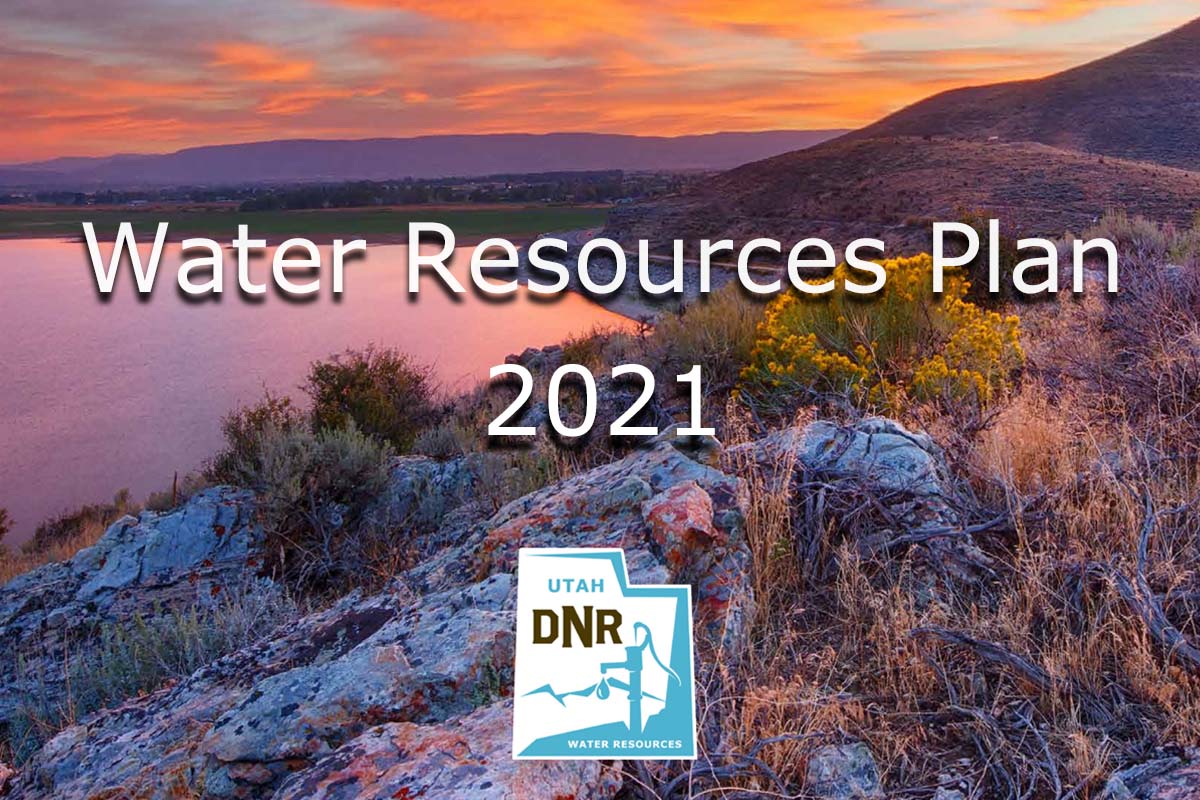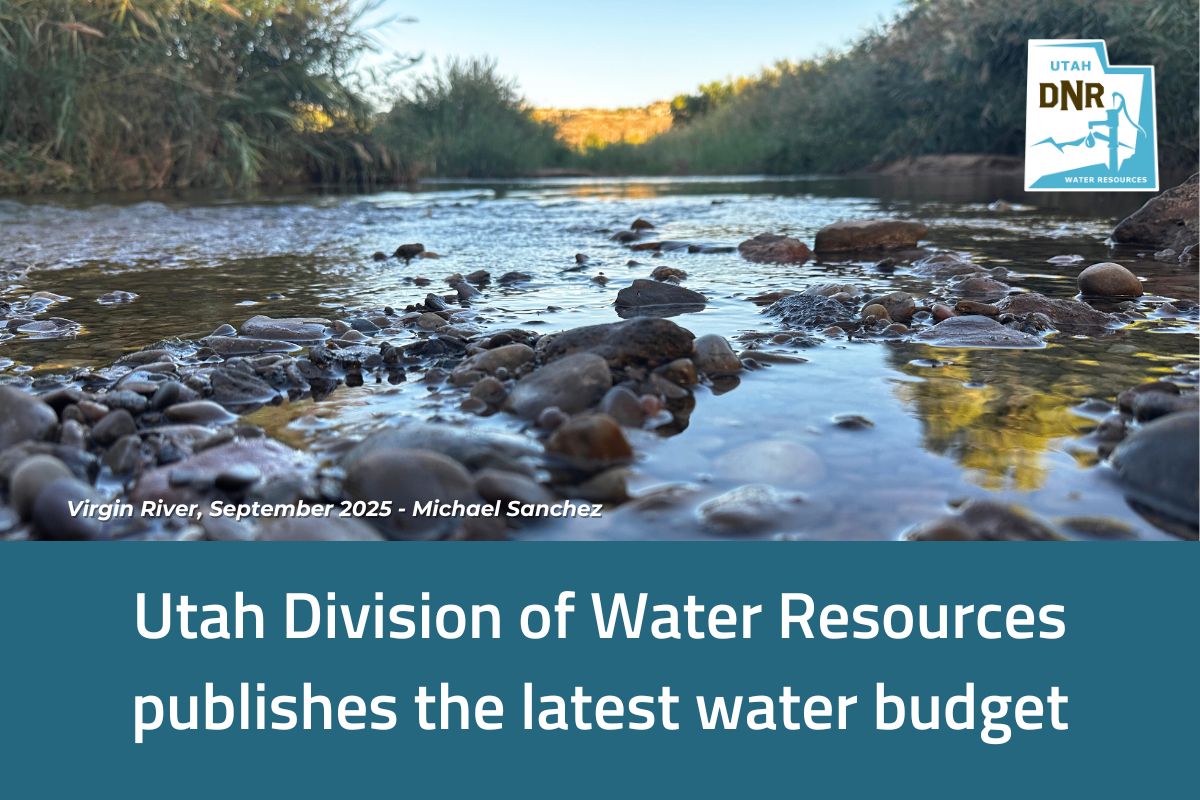SALT LAKE CITY (Feb. 15, 2022) – After processing over 270 public comments, the Utah Division of Water Resources has finalized the Water Resources Plan. This plan is the result of years of data gathering, modeling and other collaborative efforts to identify when and where water will be needed throughout the state.
“A safe, reliable water supply is critical to Utah’s prosperity and quality of life. This plan provides a comprehensive look at Utah’s current water use and supply conditions and future demand scenarios,” said Candice Hasenyager, director of the Division of Water Resources. “It’s a long-range planning document that looks 50 years into the future and has been years in the making.”
The plan focuses on three water management principles:
- Reliable data is needed to make informed water management decisions.
- Supply security requires a comprehensive approach.
- Healthy watersheds are necessary to ensure the viability of the state’s precious water resources.
It also prioritizes actions the Utah Division of Water Resources will undertake in the coming years.
“In the past, statewide water plans have been more of a status update,” said Rachel Shilton, the division’s river basin planning manager. “This plan focuses on goals the division will strive to accomplish by 2026 and was shaped by input from the State Water Plan Advisory Committee, a diverse group of experts and stakeholders.”
“We appreciate all those who took time to review the plan,” said Hasenyager. “Input from the public is valuable. We reviewed the comments and made changes to the plan where appropriate.”
Although the numbers did not change, the comments improved the readability of the report including text clarifications that make the report better. All 274 original comments and the division’s response to them are included in Appendix I of the report. The comments were collected during a 45-day comment period that ran from Sept. 29-Nov. 15.
Water management is complicated and involves the coordination of several state agencies as well as local suppliers that have already begun a collaborative effort to produce a more holistic plan. Utah’s Coordinated Water Action Plan has contributing agenciesGovernor’s Office of Planning and Budget, Department of Agriculture and Food, Department of Environmental Quality (divisions of Drinking Water and Water Quality), and Department of Natural Resources (divisions of Water Resources, Water Rights, Wildlife and Forestry, Fire and State Lands). This coordinated action plan will include a comprehensive implementation strategy as the state continues to plan for rapid growth, climate change and sound management of an uncertain natural resource.
View the full plan here.




